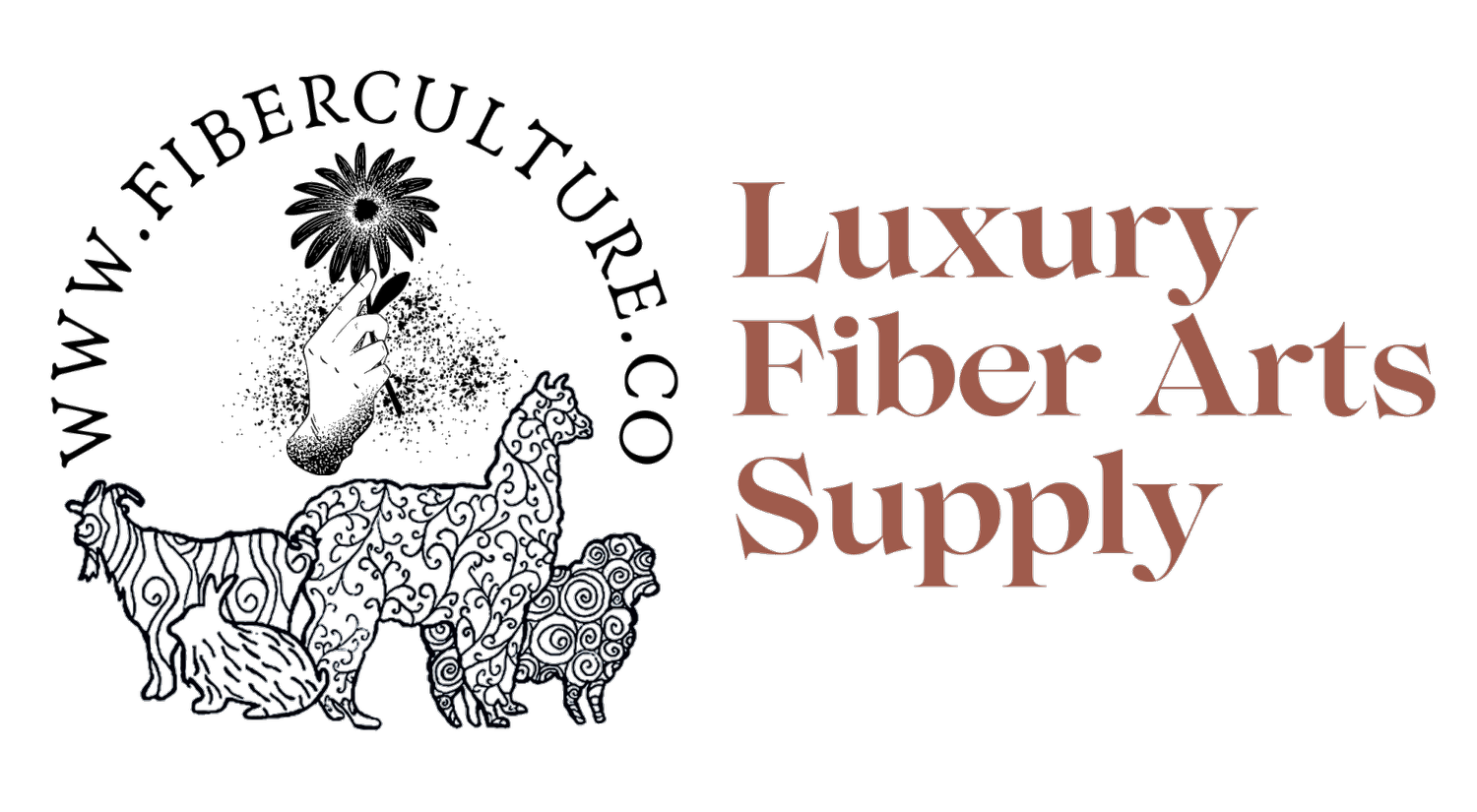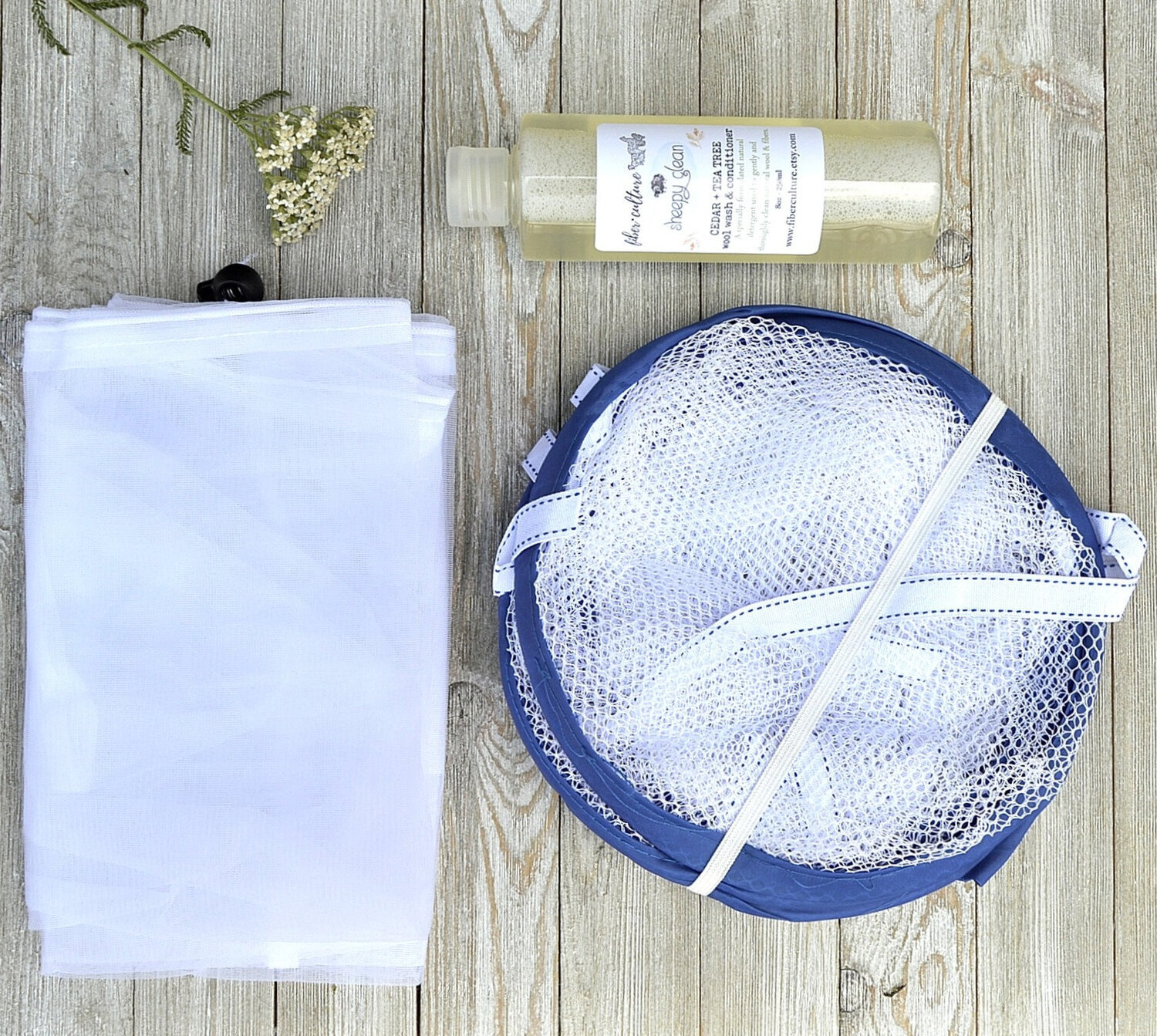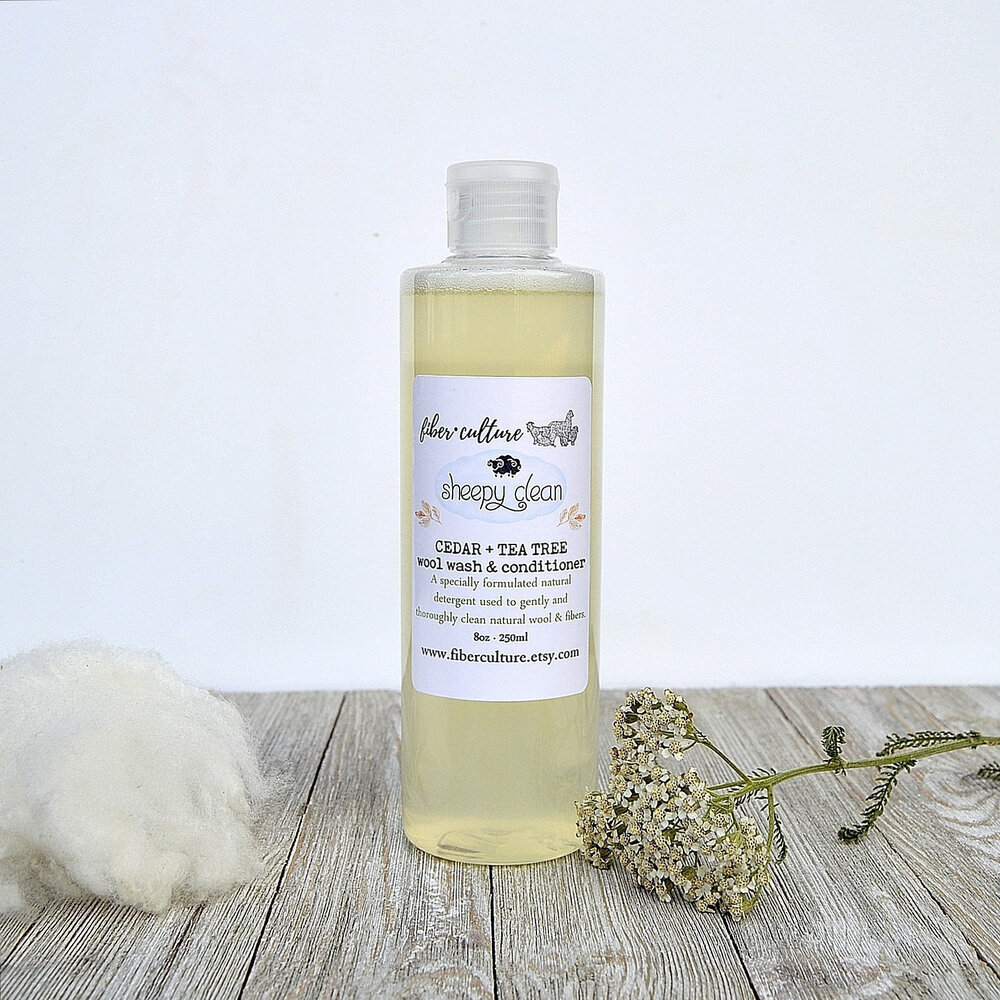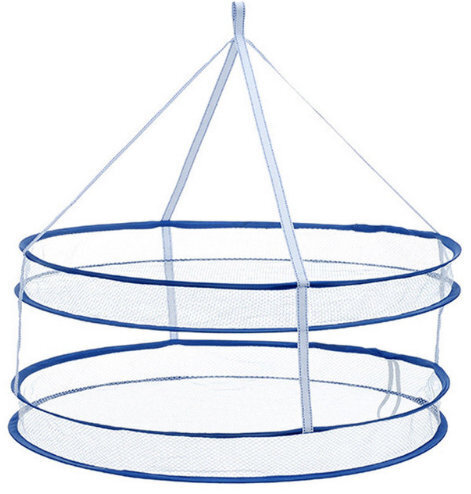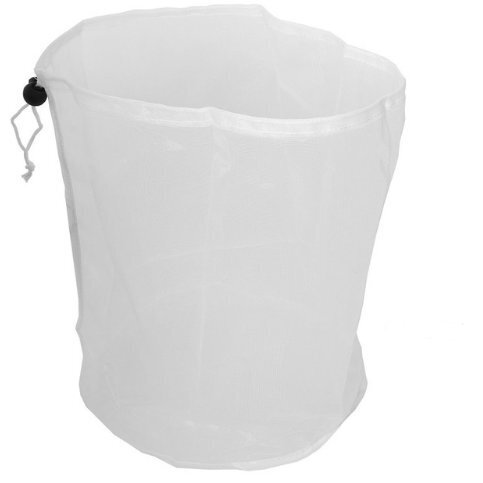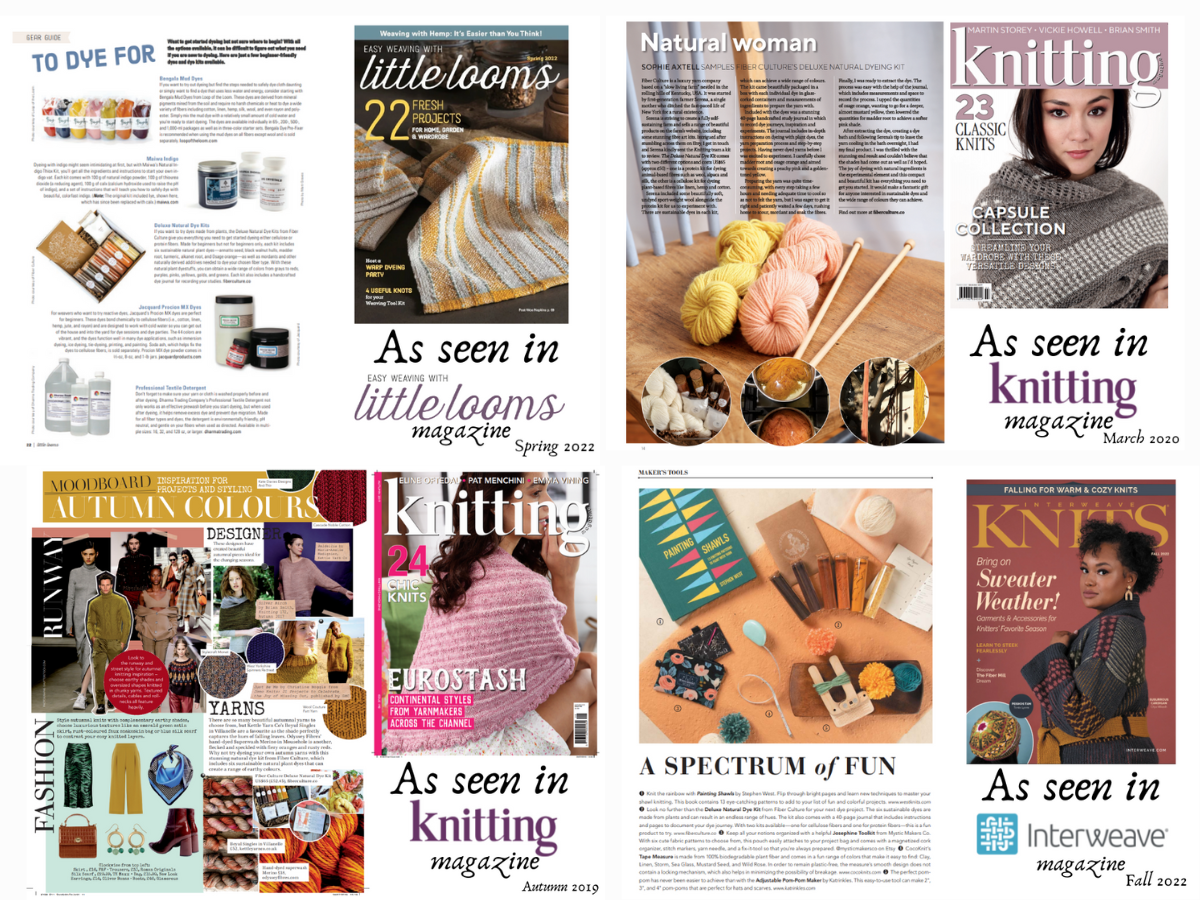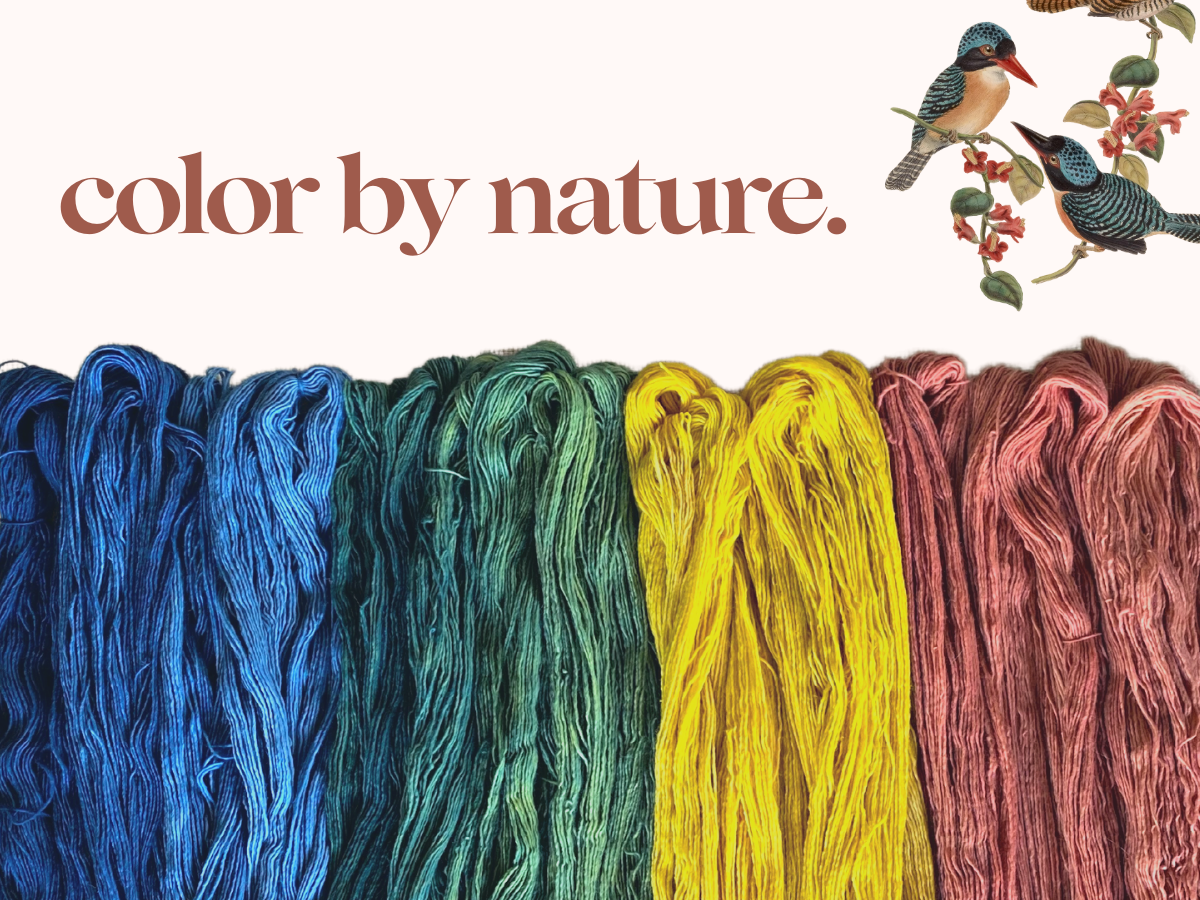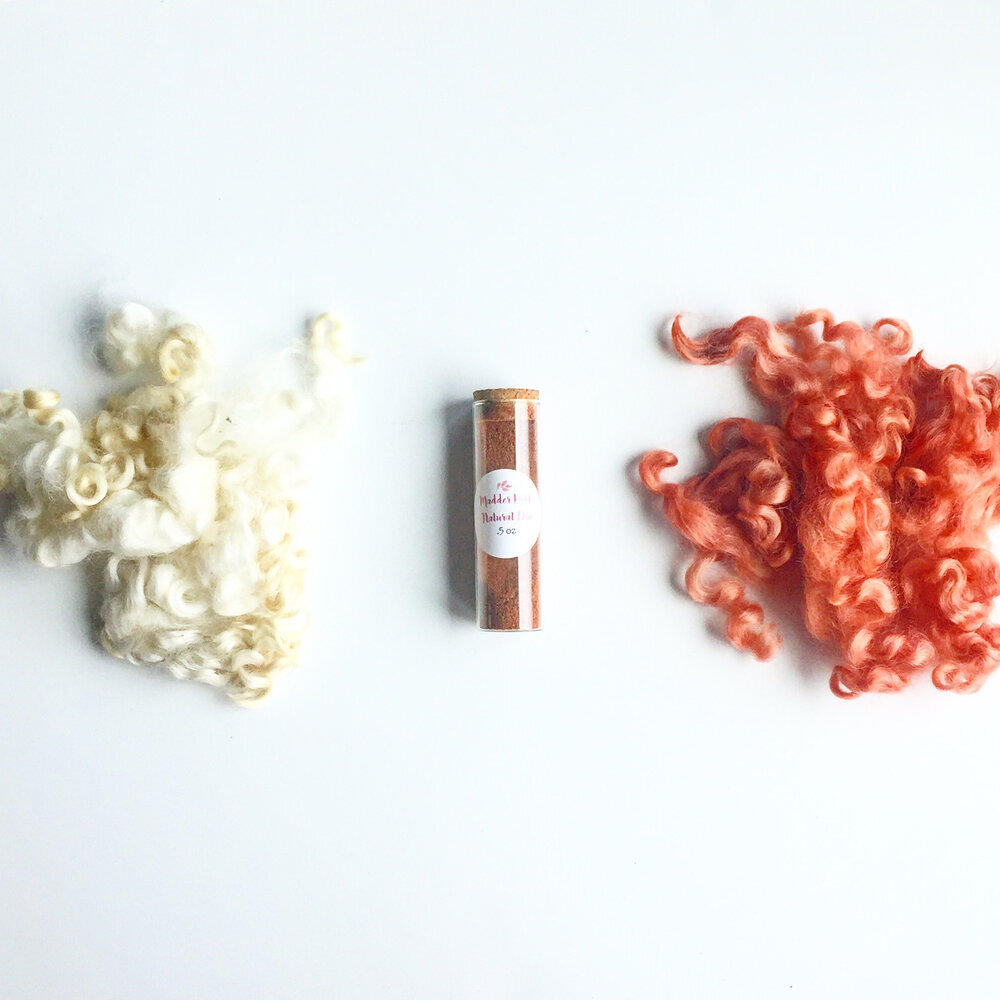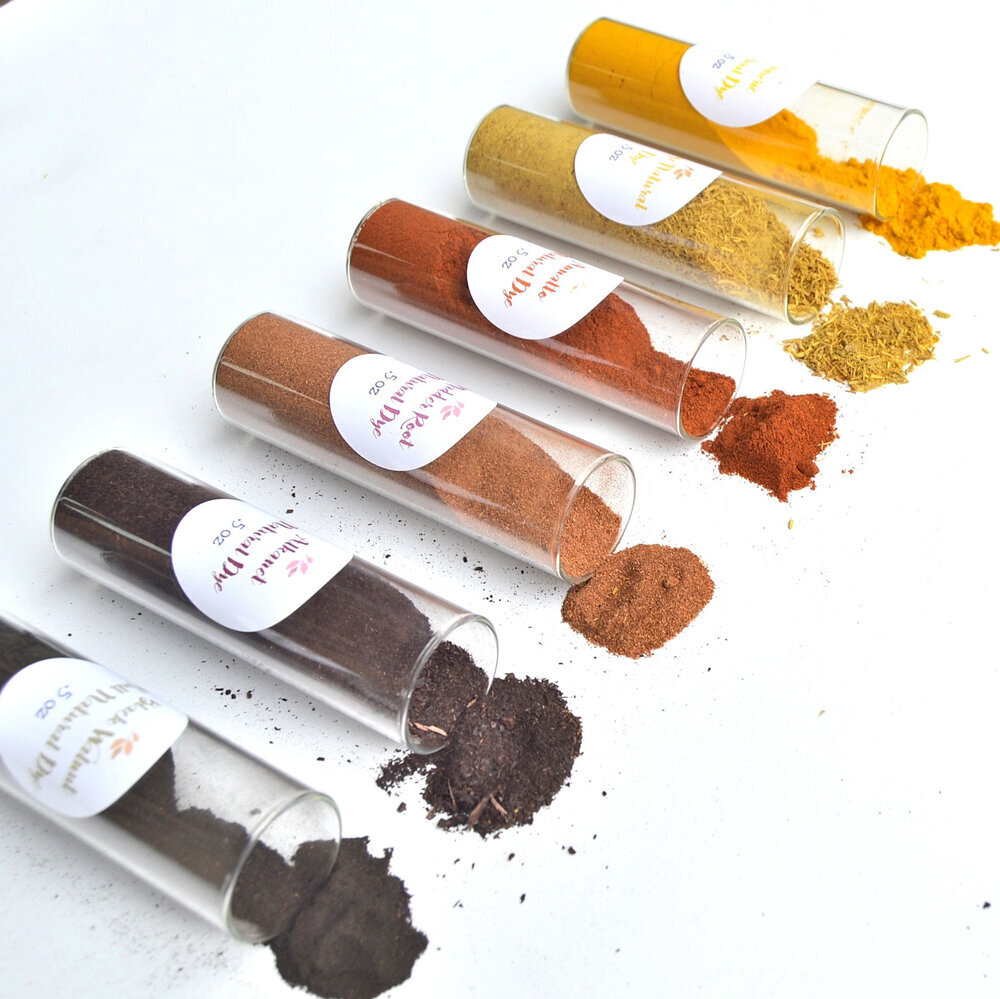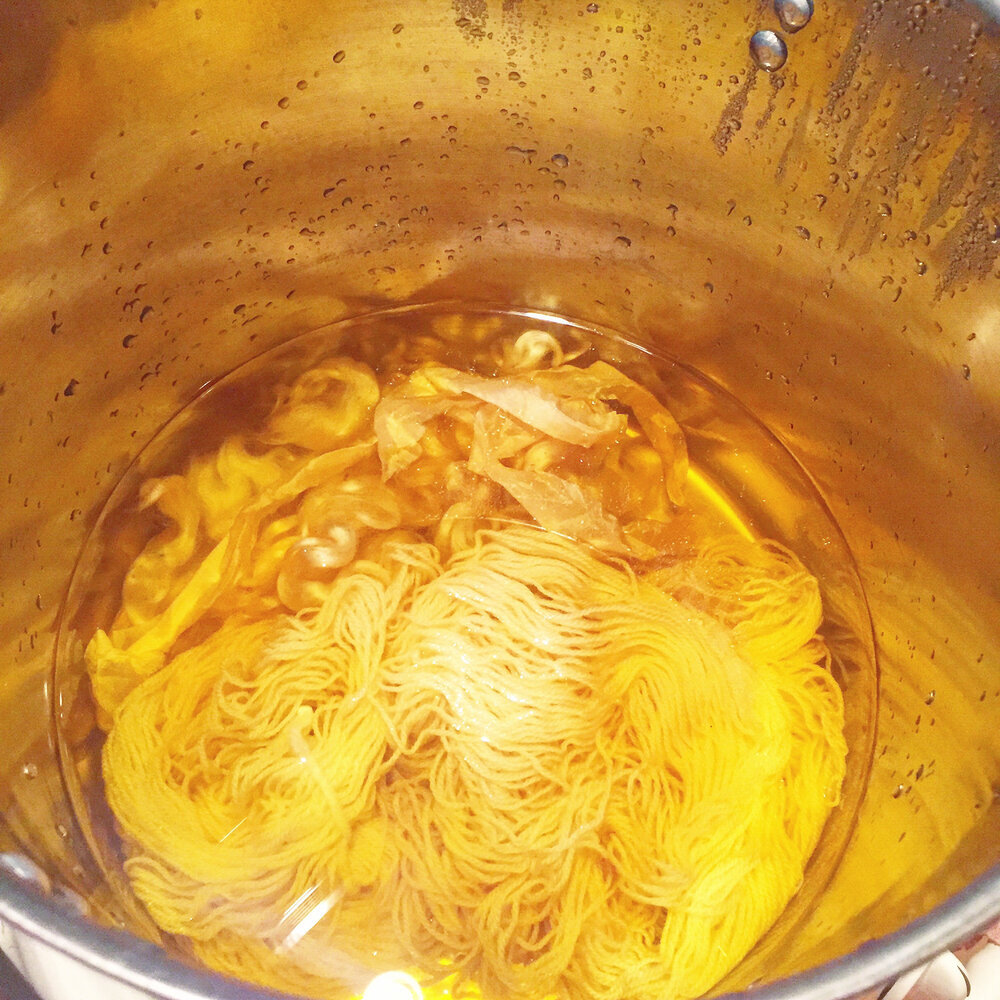 Image 1 of 8
Image 1 of 8

 Image 2 of 8
Image 2 of 8

 Image 3 of 8
Image 3 of 8

 Image 4 of 8
Image 4 of 8

 Image 5 of 8
Image 5 of 8

 Image 6 of 8
Image 6 of 8

 Image 7 of 8
Image 7 of 8

 Image 8 of 8
Image 8 of 8









Plant Fibers Sampler Kit Handspinning Kit- Cotton, Flax, Nettle
The only specialized natural plant fiber kit of it's kind! Immerse yourself in the world of natural plant fibers with my newest handcrafted fiber art kit.
Contains 3 samples of traditional luxury plant fiber rovings for handspinning: premium cotton, unbleached flax, and nettle fiber. You also receive the corresponding plant seeds to try growing and harvesting these fiber plants on your own! The samples are accompanied by a lightweight handcrafted wooden drop spindle. This comprehensive kit makes a wonderful gift for the handspinner looking to try something new. The fibers can be spun separately or blended together with each other or with other fibers.
Flax fiber has traditionally been used for thousands of years to spin and weave luxury linen textiles.
Nettle is a bast fiber, which has a long staple and natural silky touch and sheen.
Cotton is a well known natural fiber, exalted by its breathability, dye readiness, and softness.
IN THE KIT:
♦ Unbleached Cotton Fiber Roving .5 ounce
♦ Unbleached Flax Fiber Combed Roving .5 ounce
♦ Nettle Fiber Combed Roving .5 ounce
♦ Egyptian Cotton · Gossypium barbadense Seeds (10+)
♦ Heirloom Flax · Linum usitatissimum Seeds (25+)
♦ Stinging Nettle · Urtica dioica Seeds (25+)
♦ Handcrafted Wooded Drop Spindle · 13 Inches Long, Weighs Approx. 1 ounce
Visit www.fiberculture.co/tutorials to view my free handspinning tutorial!
SEED INFORMATION
NON GMO · OPEN POLLINATED · HEIRLOOM · NON HYBRID
Each packet of seeds has 10+ heirloom, non-gmo seeds inside. Store seeds in a cool, dry place for long lasting quality.
Planting Info:
♦ Egyptian Cotton · Gossypium barbadense
Gossypium barbadense is a fast growing and shrub which forms yellow flowers followed by cotton boll pods. They are originally native to the Andes mountains in South America, however is now widely cultivated now as an extra-long staple (ELS) cotton, also sometimes referred to as Egyptian cotton. The seed fibers of Gossypium barbadense are exceptionally long and fine and can be used to produce the highest quality fabric.
-Enjoys warm temperatures, full sun, and deep fertile soil.
-Sow seeds indoors in Spring, or outside when temperatures are consistently over 50 degrees.
-Soak overnight before sowing.
-Matures approx. 135-160 days and can grow to approx 4-5 ft tall and 2-3 ft wide.
♦ Heirloom Flax · Linum usitatissimum
Flax has traditionally served as an easily available food and fiber crop which bear lovely blue flowers. Flax fiber can be harvested from the stem of the plant and are two to three times as strong as cotton fibers. Additionally, flax fibers are naturally smooth and straight. Flax can also be grown for linseed oil, which is used in many applications, and the edible seeds contain many medicinal and nutritional benefits. Historically, Europe and North America depended on flax for plant made cloth until the nineteenth century, when cotton overtook flax as the most common plant used for making linen paper. It is originally native to eastern Mediterranean regions, and was also extensively cultivated in ancient China and ancient Egypt, with spun, dyed, and knotted wild flax fibers discovered in a prehistoric cave dating back to 30,000 BC .
-Seeds should be planted 1/4- to 1/2-inch deep into the soil.
-The average full growth height is 2.5 to 3 ft tall.
- It can take 90 to 125 days for plants to reach full maturity.
♦ Stinging Nettle · Urtica dioica
Stinging Nettle, Urtica dioica, is a widely distributed plant that grows easily in most climates. It can be used for many medicinal and nutritional purposes, as well as a plant dye. For fiber, the plant is related to flax and hemp and can be used to produce a fine linen cloth by harvesting the fibers from inside the stem of the plant. Historically, the first known nettle textile find dates back to the late Bronze Age in Denmark, as well additional evidence of nettle cloth production from Scandinavia, Poland, Germany and Russia. Nettle thread was traditionally used in Poland up until the 17th century before being replaced by silk. Interestingly, the shortage of cotton during the first World War resulted in the Germans cultivating nettles to make clothing. Nettle fibers are white, silky, up to 50mm (2”) long, and can produce a finer and silkier fabric than flax.
- To germinate, surface sow and keep moist, tamp the soil. Keep moist until germination.
- Space plants 15 -18 inches apart when planting.
- Nettles are ready to harvest for fiber when the plants are tall, seeds are forming, and new growth begins to come up from the root zone. You can also tell when the leaves are beginning to wilt and yellow but there is still a lot of water in the stem.
*Bowl and additional props in photos not included.
The only specialized natural plant fiber kit of it's kind! Immerse yourself in the world of natural plant fibers with my newest handcrafted fiber art kit.
Contains 3 samples of traditional luxury plant fiber rovings for handspinning: premium cotton, unbleached flax, and nettle fiber. You also receive the corresponding plant seeds to try growing and harvesting these fiber plants on your own! The samples are accompanied by a lightweight handcrafted wooden drop spindle. This comprehensive kit makes a wonderful gift for the handspinner looking to try something new. The fibers can be spun separately or blended together with each other or with other fibers.
Flax fiber has traditionally been used for thousands of years to spin and weave luxury linen textiles.
Nettle is a bast fiber, which has a long staple and natural silky touch and sheen.
Cotton is a well known natural fiber, exalted by its breathability, dye readiness, and softness.
IN THE KIT:
♦ Unbleached Cotton Fiber Roving .5 ounce
♦ Unbleached Flax Fiber Combed Roving .5 ounce
♦ Nettle Fiber Combed Roving .5 ounce
♦ Egyptian Cotton · Gossypium barbadense Seeds (10+)
♦ Heirloom Flax · Linum usitatissimum Seeds (25+)
♦ Stinging Nettle · Urtica dioica Seeds (25+)
♦ Handcrafted Wooded Drop Spindle · 13 Inches Long, Weighs Approx. 1 ounce
Visit www.fiberculture.co/tutorials to view my free handspinning tutorial!
SEED INFORMATION
NON GMO · OPEN POLLINATED · HEIRLOOM · NON HYBRID
Each packet of seeds has 10+ heirloom, non-gmo seeds inside. Store seeds in a cool, dry place for long lasting quality.
Planting Info:
♦ Egyptian Cotton · Gossypium barbadense
Gossypium barbadense is a fast growing and shrub which forms yellow flowers followed by cotton boll pods. They are originally native to the Andes mountains in South America, however is now widely cultivated now as an extra-long staple (ELS) cotton, also sometimes referred to as Egyptian cotton. The seed fibers of Gossypium barbadense are exceptionally long and fine and can be used to produce the highest quality fabric.
-Enjoys warm temperatures, full sun, and deep fertile soil.
-Sow seeds indoors in Spring, or outside when temperatures are consistently over 50 degrees.
-Soak overnight before sowing.
-Matures approx. 135-160 days and can grow to approx 4-5 ft tall and 2-3 ft wide.
♦ Heirloom Flax · Linum usitatissimum
Flax has traditionally served as an easily available food and fiber crop which bear lovely blue flowers. Flax fiber can be harvested from the stem of the plant and are two to three times as strong as cotton fibers. Additionally, flax fibers are naturally smooth and straight. Flax can also be grown for linseed oil, which is used in many applications, and the edible seeds contain many medicinal and nutritional benefits. Historically, Europe and North America depended on flax for plant made cloth until the nineteenth century, when cotton overtook flax as the most common plant used for making linen paper. It is originally native to eastern Mediterranean regions, and was also extensively cultivated in ancient China and ancient Egypt, with spun, dyed, and knotted wild flax fibers discovered in a prehistoric cave dating back to 30,000 BC .
-Seeds should be planted 1/4- to 1/2-inch deep into the soil.
-The average full growth height is 2.5 to 3 ft tall.
- It can take 90 to 125 days for plants to reach full maturity.
♦ Stinging Nettle · Urtica dioica
Stinging Nettle, Urtica dioica, is a widely distributed plant that grows easily in most climates. It can be used for many medicinal and nutritional purposes, as well as a plant dye. For fiber, the plant is related to flax and hemp and can be used to produce a fine linen cloth by harvesting the fibers from inside the stem of the plant. Historically, the first known nettle textile find dates back to the late Bronze Age in Denmark, as well additional evidence of nettle cloth production from Scandinavia, Poland, Germany and Russia. Nettle thread was traditionally used in Poland up until the 17th century before being replaced by silk. Interestingly, the shortage of cotton during the first World War resulted in the Germans cultivating nettles to make clothing. Nettle fibers are white, silky, up to 50mm (2”) long, and can produce a finer and silkier fabric than flax.
- To germinate, surface sow and keep moist, tamp the soil. Keep moist until germination.
- Space plants 15 -18 inches apart when planting.
- Nettles are ready to harvest for fiber when the plants are tall, seeds are forming, and new growth begins to come up from the root zone. You can also tell when the leaves are beginning to wilt and yellow but there is still a lot of water in the stem.
*Bowl and additional props in photos not included.
